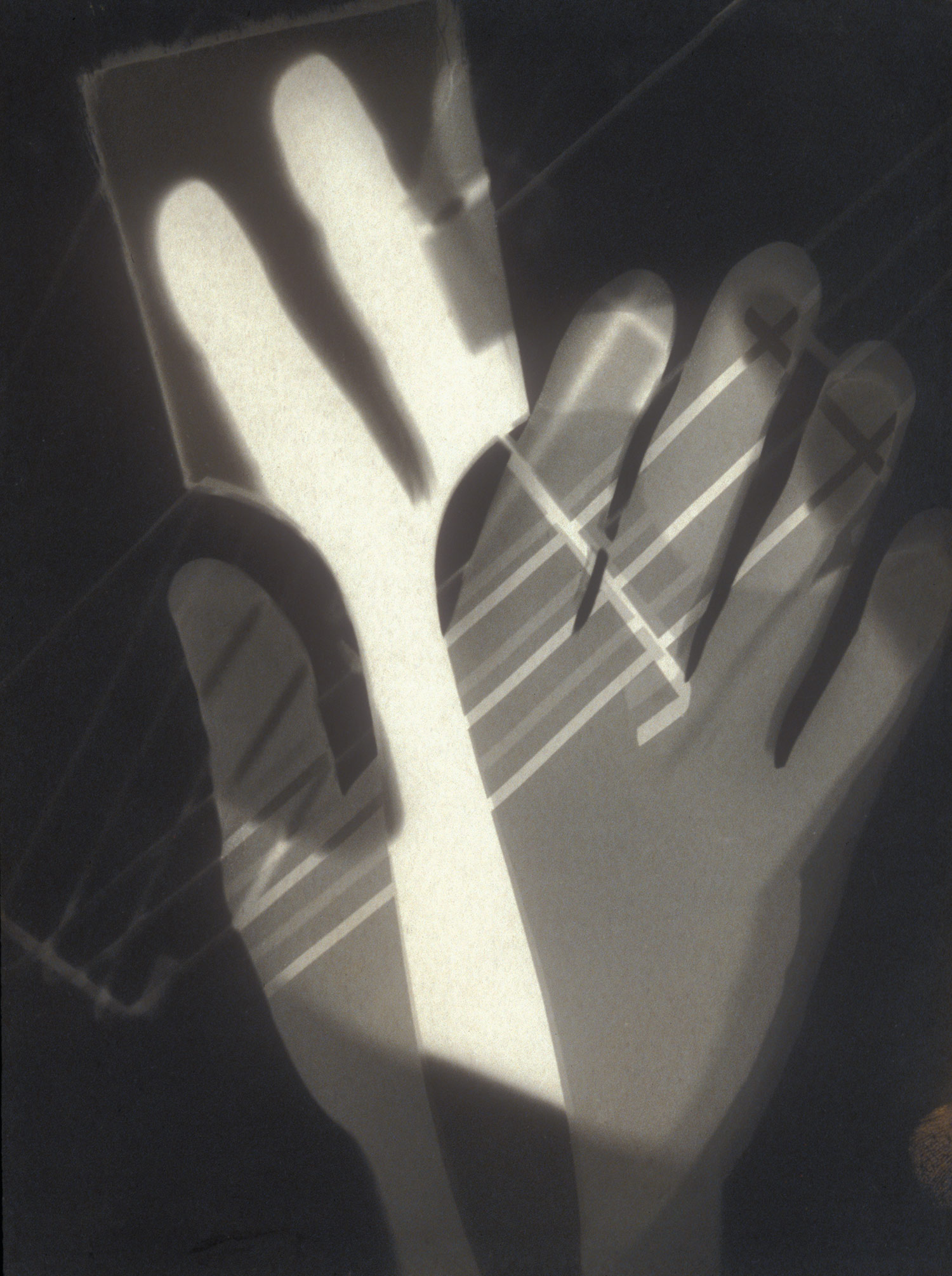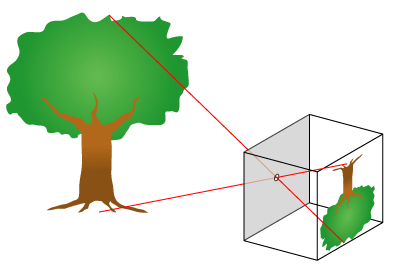David Bailey.
David Bailey, born 2nd January 1938, a contemporary british fashion photographer, who worked with such magazines as British Vogue in 1960, and even helping to create the 'swinging london' in the 1960's is considered to be one of the greatest british photographers.
From the two photos above we can detain that there are a lot of black and white contrasting tones, with little or no use of digital retouching or digital animation, and although without the presence of props, his work is very theatrical and could be considered as symbolic. With the use of lighting and emotions he is able to evoke different emotions from the viewers which makes his work very eye-catching.
Using the two pictures above as an example I believe that the emotions being portrayed above are completely controlled and are trying to send out a message, using front lighting to his advantage. For example, In the Jack Nichlson photo I believe he deliberately requested that he shouted and screamed in the picture, this, to symbolise the type of hell raising, troublesome characters that Jack Nichlson usually plays. However I also believe he deliberately placed the light to the side of his face (front lighting) to symbolise that this is only one side of Jack Nichlson, the characters he's usually asked to play. The light represents that this is only a part of who he is and not an overall summary.
I think he also used this method for the Will Smith photo above, a person who i personally remember playing a goofy character in a programme 'the fresh prince of bel air' back in the 90's. Bailey also used this to his advantage to show that this once goofy character, as we can see from the pose that has been chosen, is only a part of who he is and not an overall summary, juxtaposing his work.
I feel as if the photographs that Bailey takes are filled with such emotion, as though he puts a piece of himself in every photo, in every frame. Considering the fact that everything about these photos are under his control, from the brightness of the light, positioning of the light, facial expressions, body language, so on and so forth and the way he manipulates certain aspects make his work memorable and very recognisable.





























